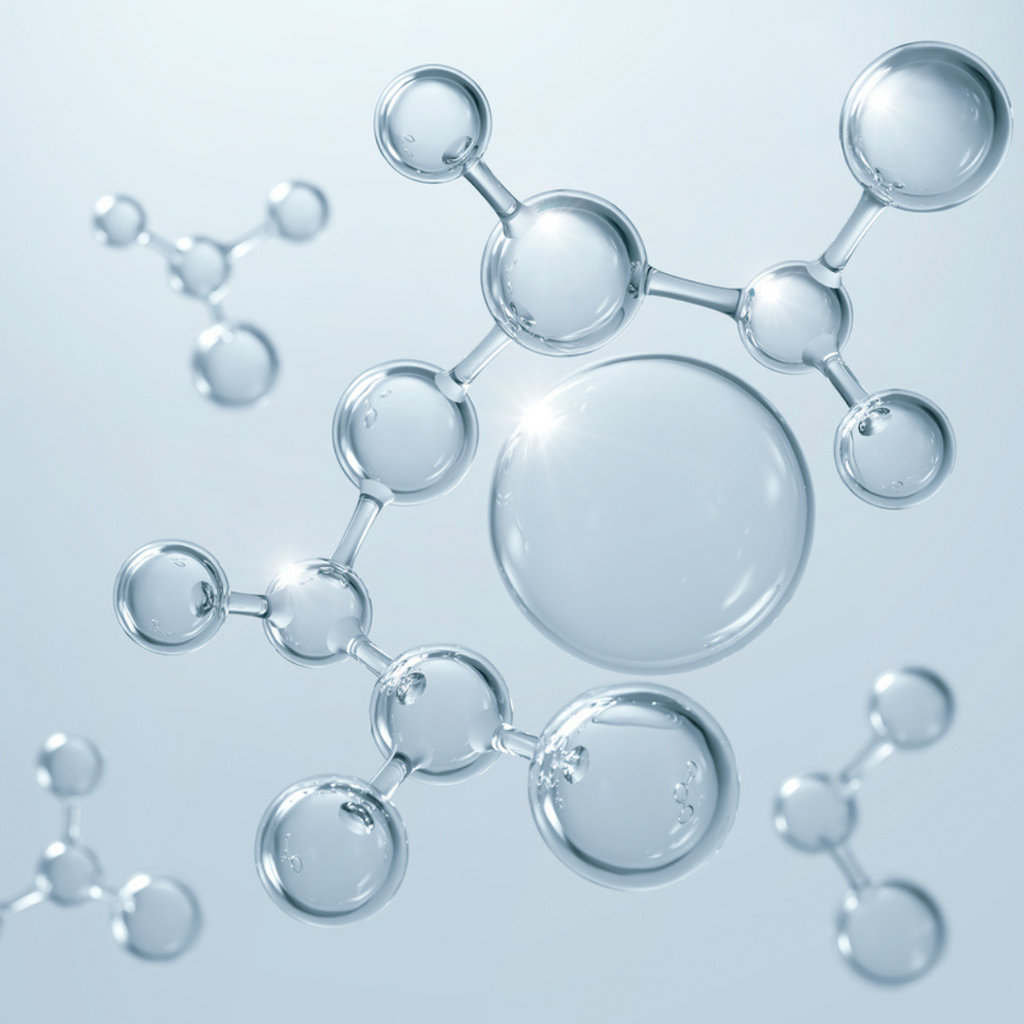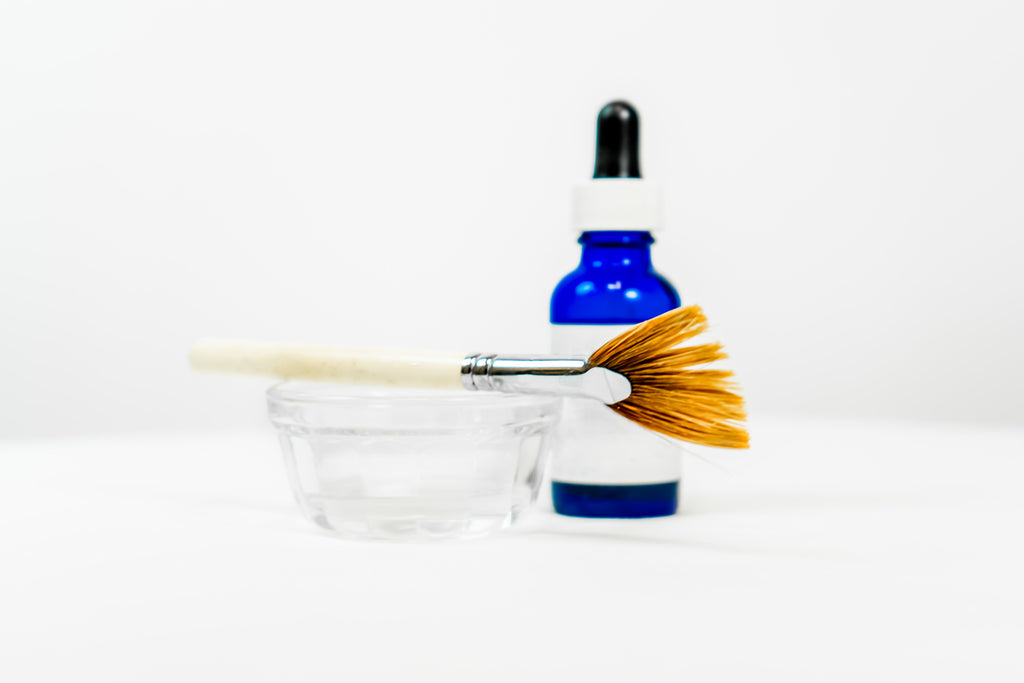
Blogs & more...

Safety First
Prioritizing safety is non-negotiable when performing chemical peels. Start by conducting comprehensive client consultations, discussing their goals, expectations, and medical history. Patch tests should be performed on a small area of the skin to assess sensitivity and potential adverse reactions. Always follow manufacturer guidelines, and be prepared to adjust treatment parameters based on individual responses.

Types of Chemical Peels
Chemical peels come in varying strengths and depths, classified as superficial, medium, or deep peels. Each type targets specific skin concerns and requires different levels of downtime and aftercare. Familiarize yourself with the differences between these peels to ensure you're selecting the most suitable option for your clients' needs.

The Science Behind Chemical Peels
It's essential to understand the science behind them. Chemical peels involve the controlled application of specific chemical solutions to the skin, promoting exfoliation and encouraging the growth of new, healthier skin cells. By triggering the skin's natural healing process, chemical peels stimulate collagen production, improve texture, and address concerns like hyperpigmentation and fine lines.

Demystifying Chemical Peels: Safe and Effective Aesthetic Skin Rejuvenation
Chemical peels have long been a cornerstone of aesthetic skincare, offering transformative results by rejuvenating the skin and addressing various concerns. As esthetic professionals, understanding the intricacies of chemical peels is crucial to providing safe and effective treatments that deliver radiant and youthful skin. In this comprehensive guide, we demystify chemical peels, equipping you with the knowledge and insights needed to master this powerful technique and offer your clients exceptional skincare experiences.
Invalid Password
Enter
Products
View all
